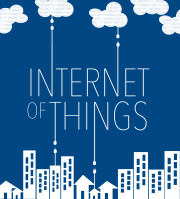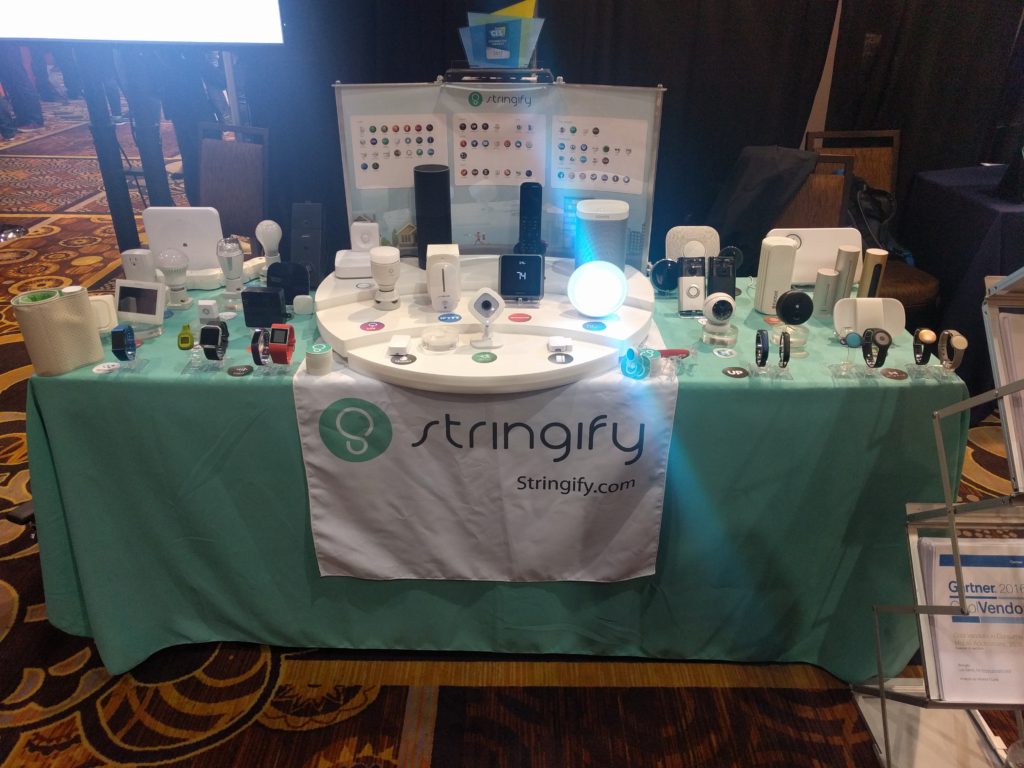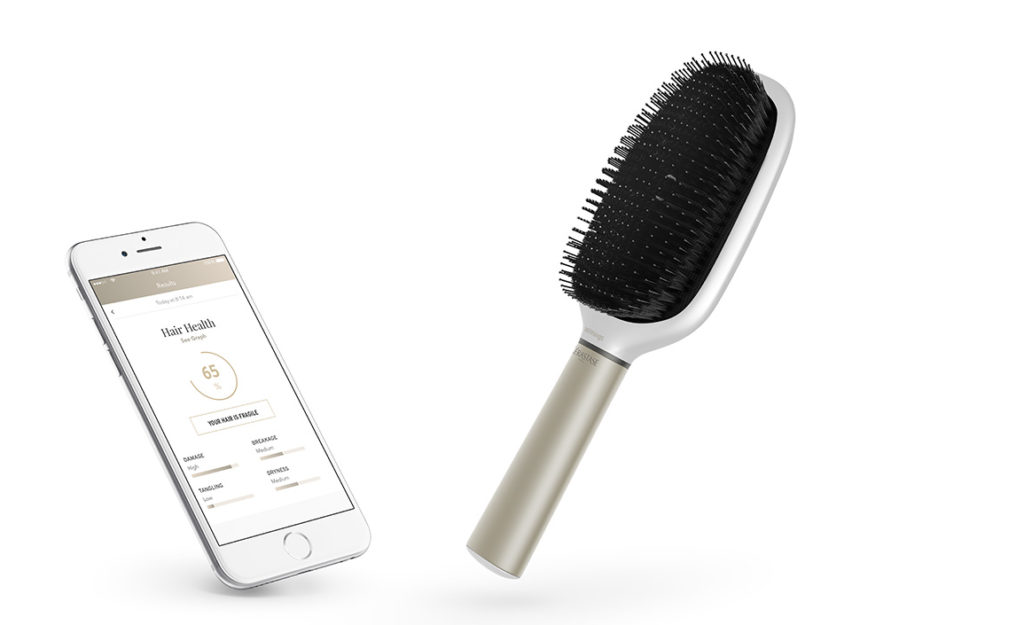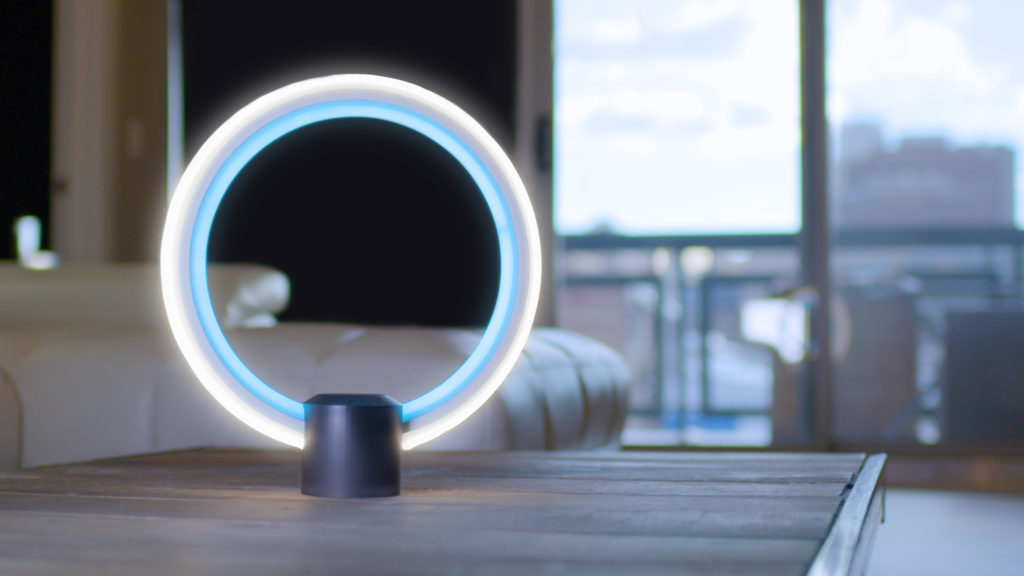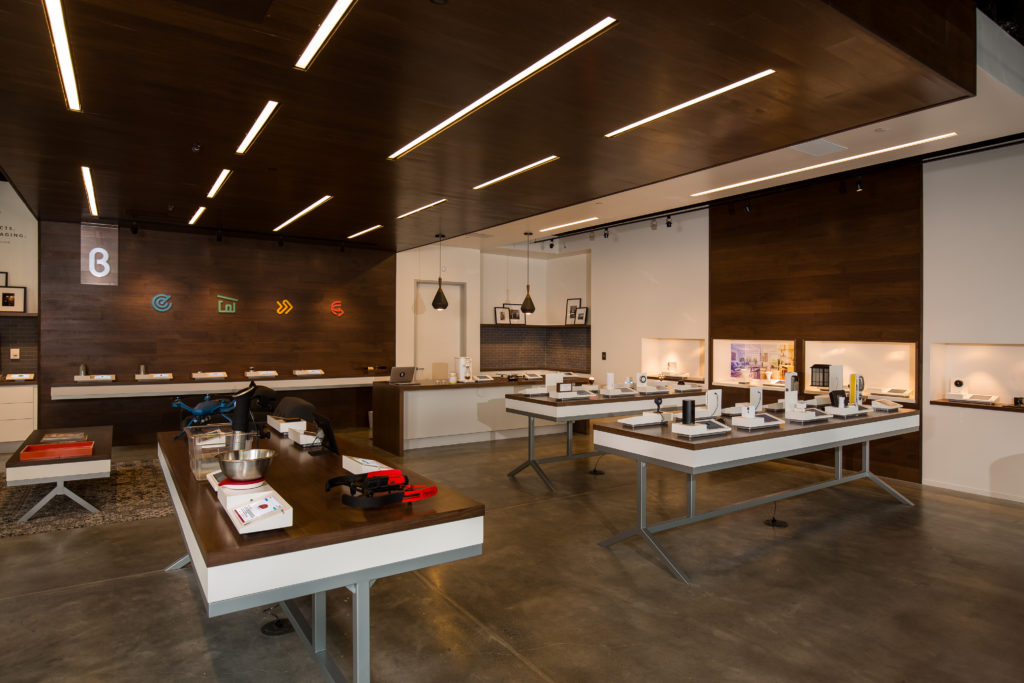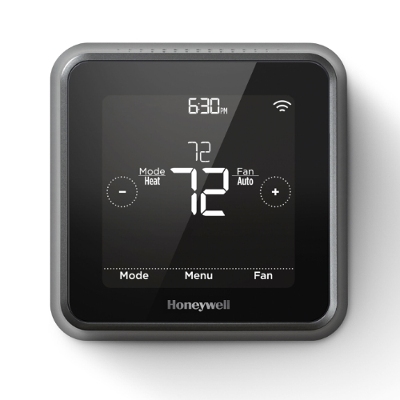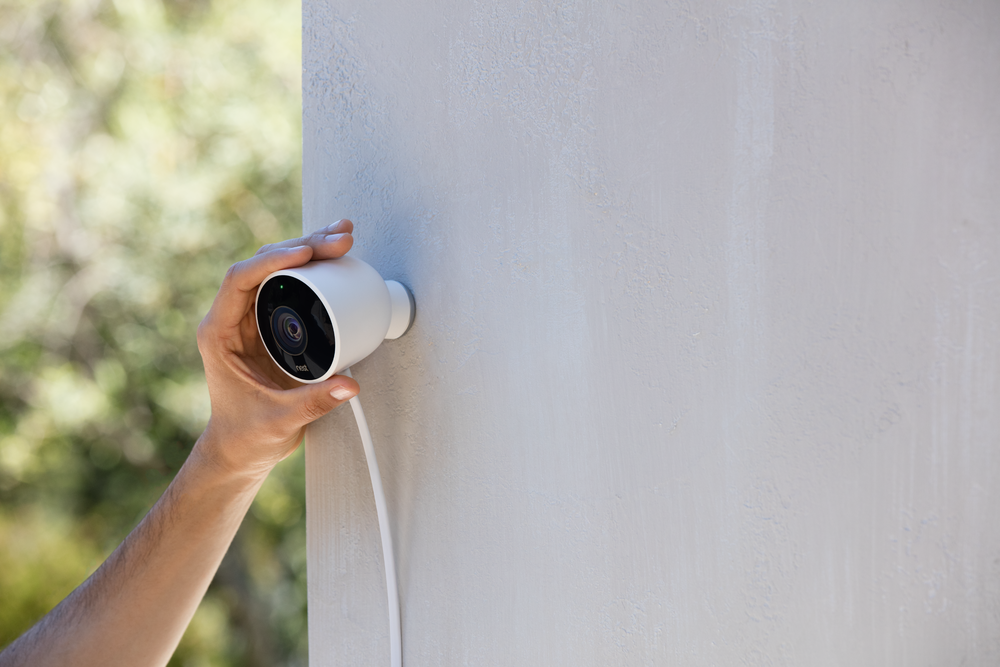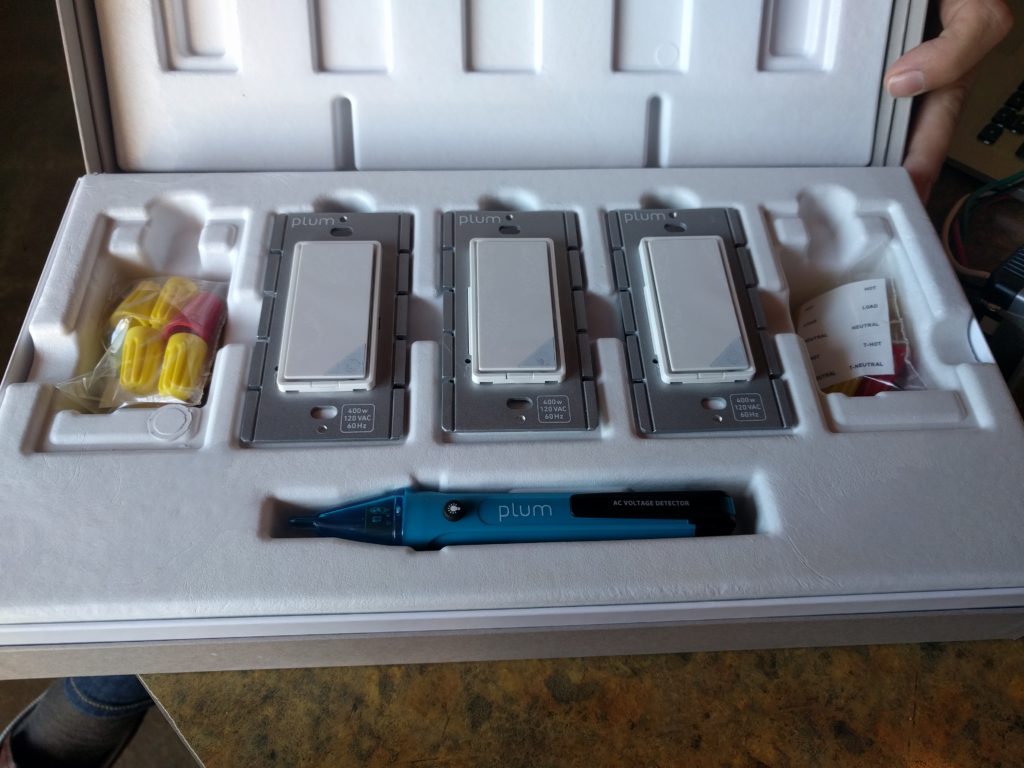Talking to the Amazon Echo just got easier, after Amazon adds “Computer” as a wake word, while I test out the use of Google Home’s new partner WeMo (Honeywell also made a connection with Google Home). Ring managed to raise $109 million this week, and we put that in context with the state of the smart home market. We also put Jawbone’s lack of customer support in similar context. I also started my Apple HomeKit review starting with set up, and pledged to try the latest version of the OpenHAB open source smart home hub software.
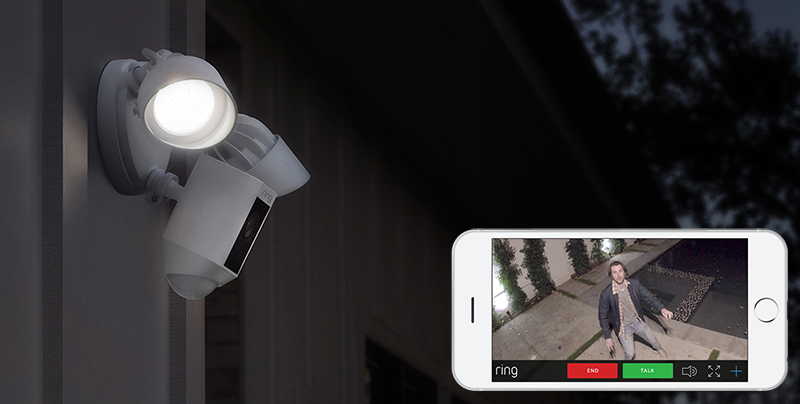
In the guest portion of the show, we spoke with Susan Norris who is at PG&E about how connected devices are both a boon and a burden for energy conservation. In addition to fun facts about how solar power is changing the demand for electric power, she shared information on what she wants smart home device companies to think about when trying to work with utilities. It’s a fun show.
Hosts: Stacey Higginbotham and Kevin Tofel
Guests: Susan Norris, senior manager for energy efficiency products at PG&E
Sponsor: June
- Differences in Google Home and the Amazon Echo
- Stacey makes a solemn pledge
- What can we expect on regulating the internet of things?
- How to get your product in front of millions of normal consumers
- Why PG&E views IoT with hope and worry
Podcast: Play in new window | Download | Embed
Subscribe: RSS
